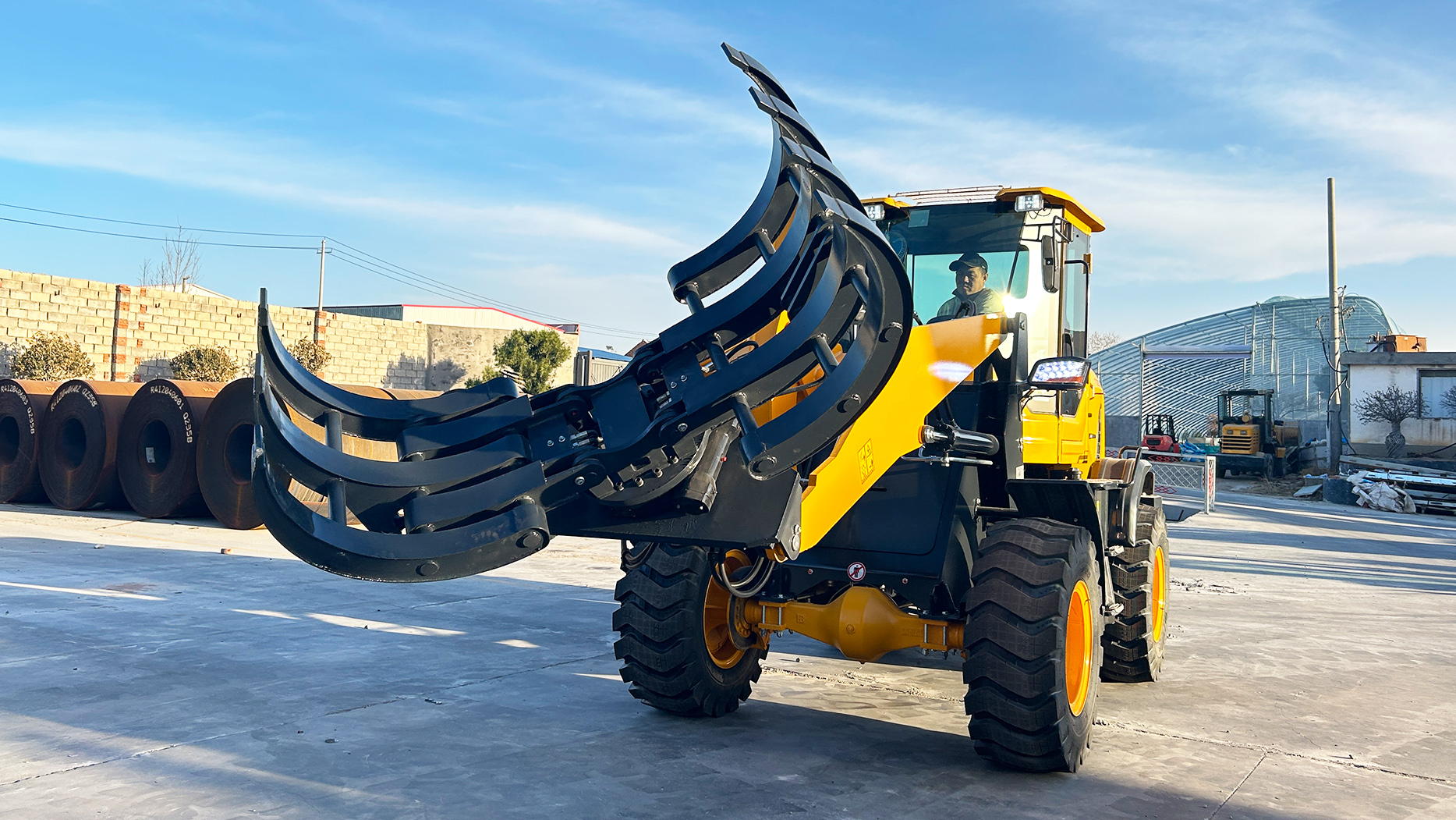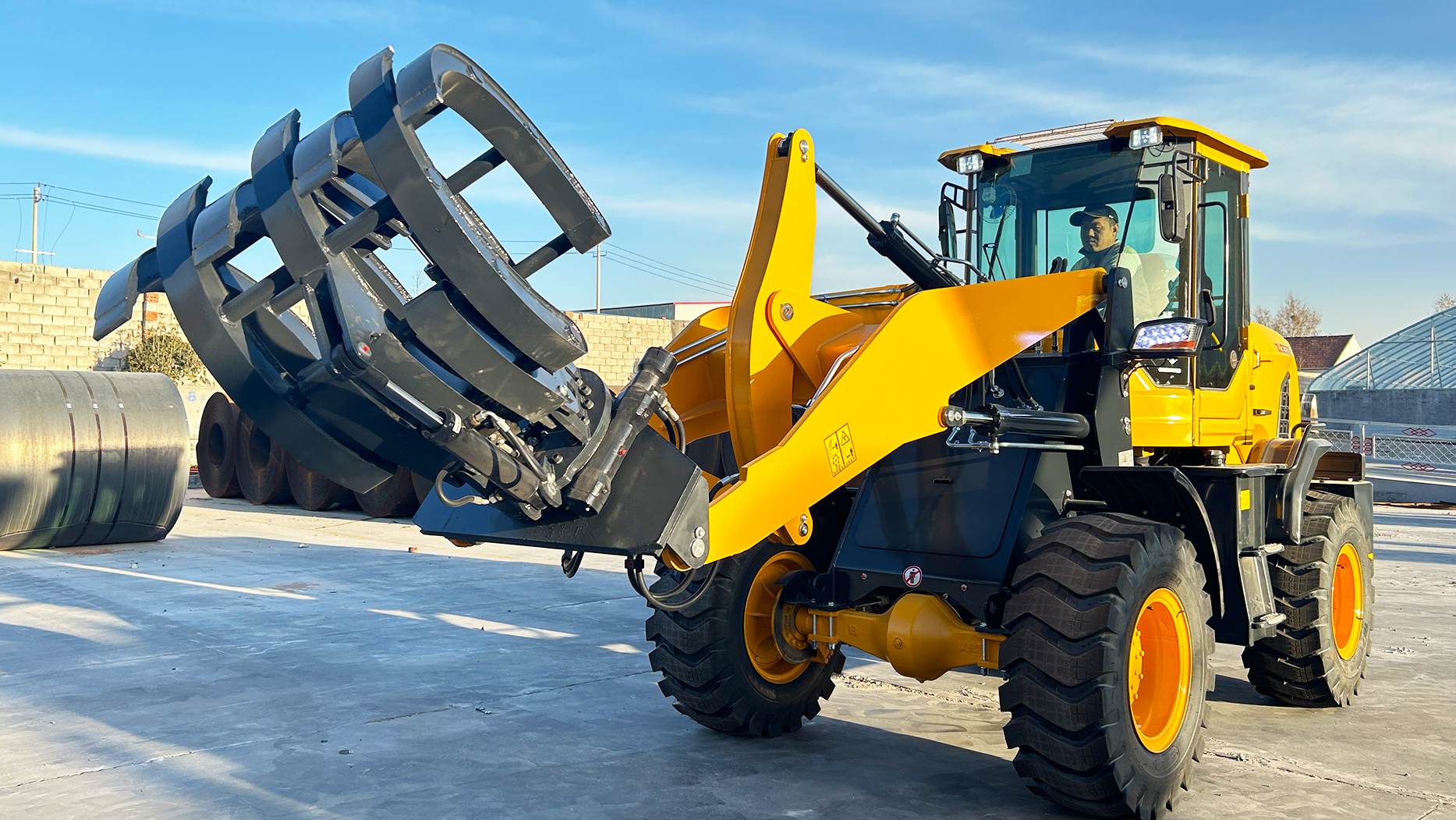1. Introduction
In the world of heavy equipment, wheel loaders stand as indispensable workhorses across construction sites, agricultural operations, and material handling facilities. These powerful machines excel at scooping, lifting, and transporting loose materials like soil, gravel, and debris with remarkable efficiency. However, not all wheel loaders are created equal. The emergence of compact wheel loaders has provided operators with a specialized alternative designed for more confined working environments.
Understanding the differences between standard and compact wheel loaders is crucial for making informed equipment decisions. This comprehensive guide will examine five key areas of comparison: design characteristics, performance capabilities, typical applications, cost considerations, and operational advantages. Whether you're managing large-scale earthmoving projects or navigating tight urban construction sites, this analysis will help you determine which machine best suits your specific requirements.
2. Definition and Core Features
Standard wheel loaders represent the traditional configuration of this equipment class. These robust machines typically feature bucket capacities ranging from 3 to 18 cubic yards, with operating weights that can exceed 200,000 pounds in the largest models. Powered by high-torque diesel engines generating between 200 to over 1,000 horsepower, standard wheel loaders utilize a rigid-frame design that provides exceptional stability when handling heavy loads. Their substantial size and power make them ideally suited for demanding applications in mining operations, large-scale earthmoving projects, and forestry work.
Compact wheel loaders offer a scaled-down alternative that maintains core functionality while addressing space constraints. With bucket capacities generally under 3 cubic yards and operating weights typically falling between 6,000 to 20,000 pounds, these agile machines can operate effectively in confined areas where their larger counterparts would struggle. Many compact models incorporate articulated steering or zero-tail-swing designs to enhance maneuverability. While they may use smaller diesel or electric engines producing 50 to 200 horsepower, their reduced size translates to greater versatility for specific applications such as urban construction projects, warehouse logistics, and agricultural operations.
3. Key Differences
The most apparent distinction between these equipment classes lies in their physical dimensions and resulting maneuverability characteristics. Standard wheel loaders require substantial operating space to function effectively, making them ideal for open work areas like quarries or large construction sites. In contrast, compact wheel loaders can navigate narrow alleys, indoor environments, and other space-constrained locations with relative ease.
Power output and performance capabilities reveal another significant contrast. Standard models deliver the brute force needed to handle extreme loads continuously throughout long work shifts. Their substantial engines and reinforced components allow them to work efficiently in the most demanding conditions. Compact versions prioritize fuel efficiency and operational flexibility over raw power, making them better suited for less intensive but more precision-oriented tasks.
Attachment compatibility further differentiates these machine types. While both can utilize various implements, standard wheel loaders typically handle larger buckets, forks, and grapples designed for heavy-duty material movement. Compact models often support a wider array of specialized attachments like augers, brooms, and snow blowers, reflecting their role as multi-purpose tools for diverse job requirements.
4. Applications: When to Use Each?
Standard wheel loaders shine in applications requiring massive material movement capabilities. Mining operations benefit from their ability to handle enormous quantities of ore or overburden efficiently. Large earthmoving projects such as highway construction or dam building demand their sustained power and durability. In forestry applications, standard wheel loaders prove invaluable for managing heavy logs and clearing substantial debris.
Compact wheel loaders find their niche in environments where space constraints dictate equipment selection. Urban construction projects, including road repairs and utility work in developed areas, often require their tight turning radius and reduced footprint. Warehouse operations appreciate their ability to maneuver indoors while handling palletized goods. Agricultural operations utilize compact loaders for diverse tasks ranging from feeding livestock to cleaning barns and performing light grading work around farm facilities.
5. Advantages and Limitations
Standard wheel loaders offer unparalleled capacity for heavy, continuous work. Their robust construction withstands harsh operating environments that would quickly degrade less substantial equipment. For large-scale operations, their higher initial investment often translates to superior long-term return on investment through greater productivity. However, these advantages come with trade-offs including significant fuel consumption, limited maneuverability in tight spaces, and substantial maintenance costs.
Compact wheel loaders provide distinct advantages in appropriate applications. Their fuel-efficient operation and reduced emissions profile align with increasingly stringent environmental regulations. The ability to work effectively in confined spaces opens opportunities unavailable to larger equipment. Lower acquisition costs make them accessible to smaller operations with limited capital budgets. These benefits are balanced against clear limitations in load capacity and suitability for extreme working conditions.
6. Buying Considerations
Selecting between standard and compact wheel loaders requires careful evaluation of several factors. Project scale serves as the primary determinant - large, open-area projects generally warrant standard equipment, while space-constrained or more varied tasks may benefit from compact solutions. Budgetary constraints must account for both initial purchase price and long-term operating costs, including fuel consumption and maintenance requirements. Attachment needs should be evaluated based on the range of tasks the equipment will perform, with compact loaders typically offering greater versatility in this regard.
The equipment market offers quality options across both categories. Industry leaders in standard wheel loaders include Caterpillar, Volvo, and Liebherr, while compact loader specialists feature brands like Bobcat, John Deere, and Kubota. Prospective buyers should consider dealer support networks and parts availability when making final selections.
7. Conclusion
The choice between standard and compact wheel loaders ultimately depends on specific operational requirements and working environment constraints. Standard wheel loaders remain the undisputed champions of heavy-duty, large-scale material handling, offering unmatched power and productivity for appropriate applications. Compact wheel loaders have carved out an essential niche by delivering agility and cost-effectiveness in space-limited scenarios.
By carefully considering the factors outlined in this comparison, equipment managers can make informed decisions that optimize both performance and cost-efficiency for their particular needs. For those requiring additional guidance, consulting with an experienced equipment specialist can provide valuable insights tailored to specific operational challenges and objectives.
Post time:Apr.04.2025



